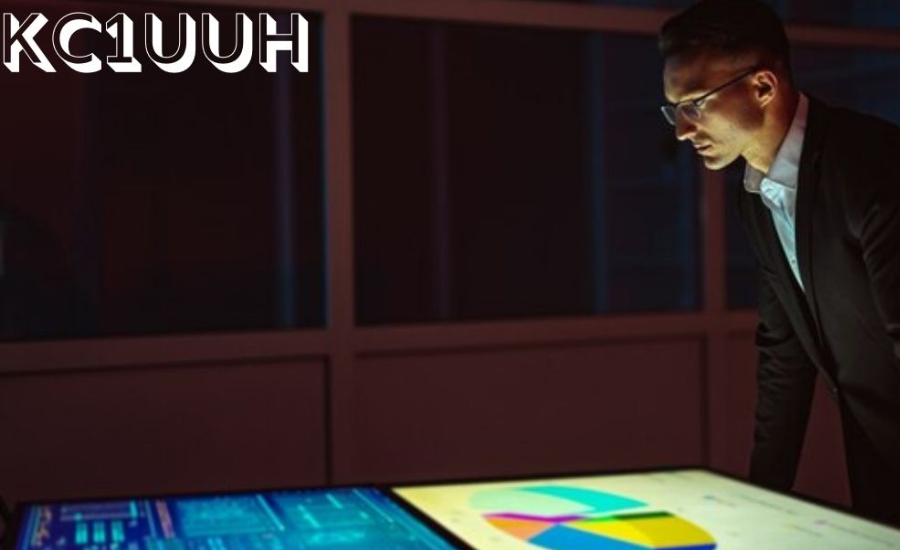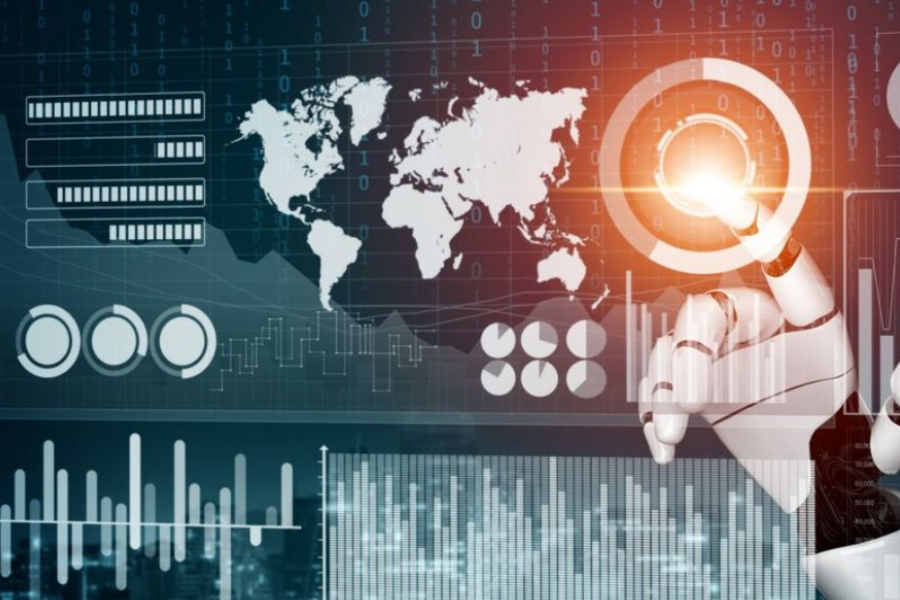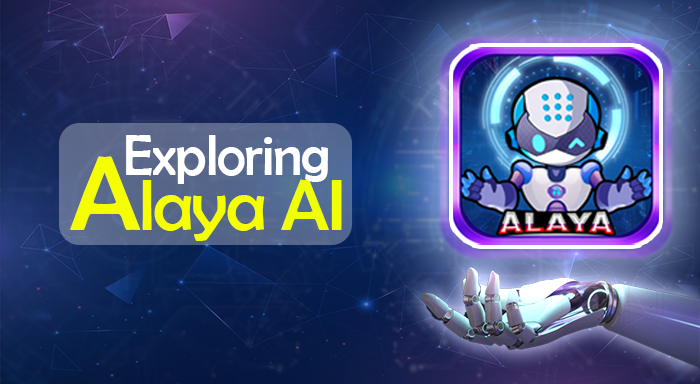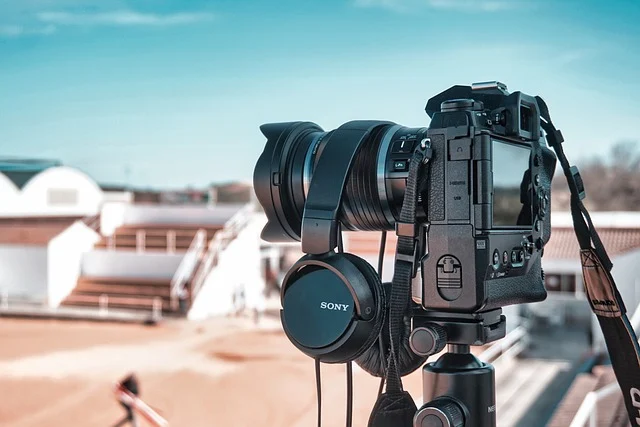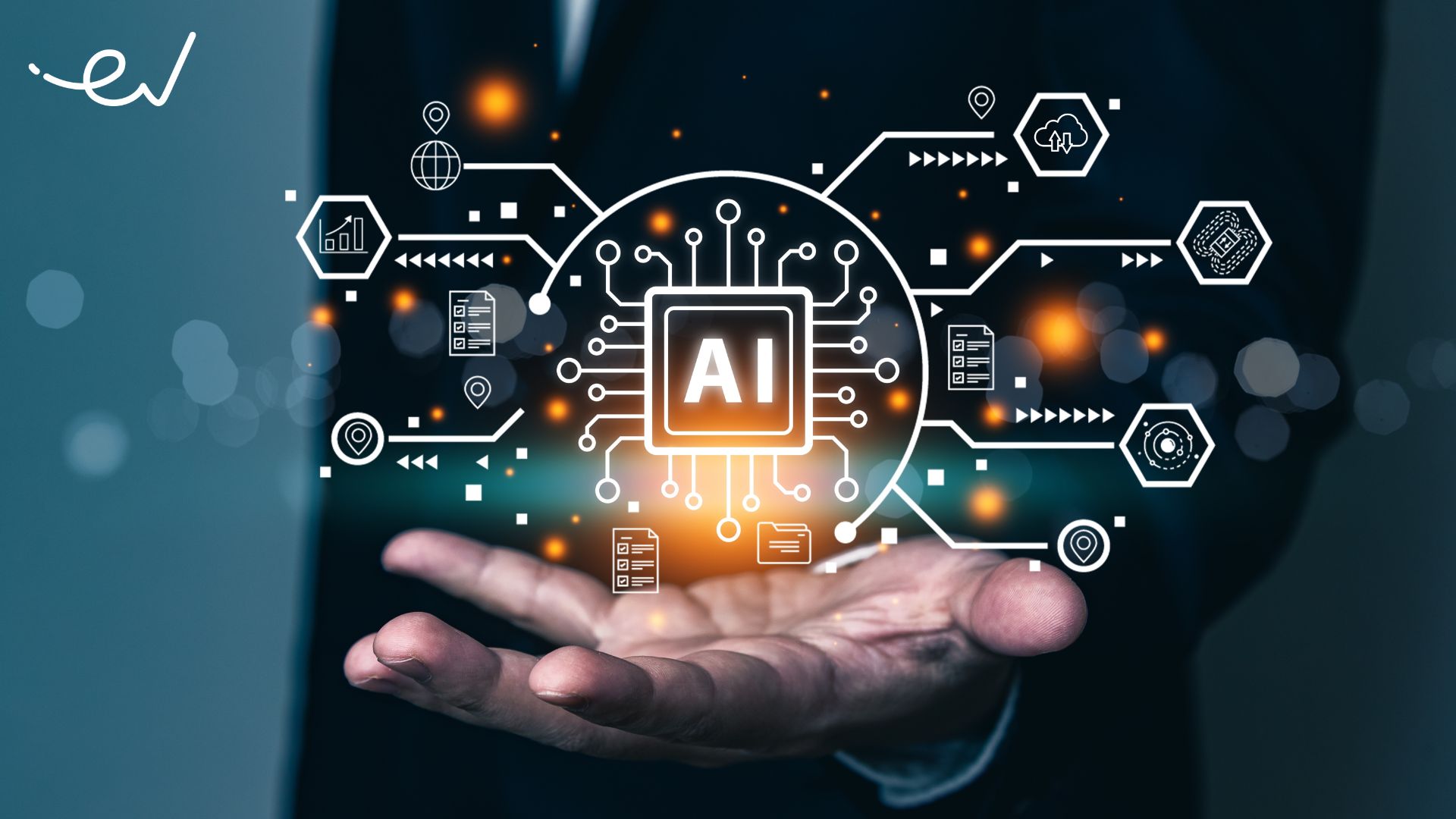With a growing digitized world, the secure and efficient verification of identity has become more important than ever. The widespread use of online services–from banking and healthcare to e-commerce and entertainment, even social media has made traditional methods for verifying identities impracticable, and incapable. Enter FaceCheckID. It uses cutting-edge technology to apply facial recognition technology in such a way as to verify online identities instantaneously, providing solutions that meet both current security needs and contemporary convenience demands.
The Evolution of Identity Verification
In the historical period, proving one’s identity was generally made mandatory through physical documentation like passports, driving licenses or credentials. While these have done the job for decades, today these methods are seriously imperiled by security threats such as identity theft and functionless traditional verification limits.
Such incidents as identity theft, fraud, and data breaches occur frequently but only serve to underline the shortcomings of current forms of verification. Some history files:
With the rise of the internet and e-commerce, it became increasingly apparent that there should be an identity verification system able to be both secure and adaptable. Early attempts at Internet ID verification included login passwords, PINs, and security questions. However, it was found that these methods were inadequate because they were easy to hack or forget so compromised security resulted in frustrations for users.
Biometric verification was able to effectively address this problem. The first biometric innovations to come into inescapable use were unique finger impression examining, eye acknowledgment, and voice acknowledgment. Each had its own particular drawbacks: some required specialized hardware, while others were influenced by environmental causes.
In comparison, facial recognition technology, such as that developed by FaceCheckID, provides a more universal, reliable, and friendlier solution.
What is FaceCheckID?
FaceCheckID is a facial recognition system that is advanced and designed to verify identities It is very fast and accurate. The system operates by comparing unique facial characteristics – the distance between eyes, nose shape, and contour of one’s face – with patterns stored in a computer database in order to produce a template of an individual’s face. This is then matched against known identities from the archives to provide positive accuracy.
FaceCheckID employs a technology that uses artificial intelligence (AI) and machine learning algorithms to aid in the recognition of facial features. The system gradually improves its accuracy and timeliness as it learns – for example, from experience either that a person is growing older or has changed their hairstyle. This ensures that even in routine use the technology is
The Technology Behind FaceCheckID
The secret of success behind FaceCheckID is a precise blend of AI and deep learning models; these two are able to make the system distinguish faces with surprisingly high accuracy. Let’s break down how it works.
- Image Capture: The process starts with taking a picture of the person’s face; this could be done using any camera, such as a webcam on your computer screen or smartphone app for pictures taken in person (inevitably more accurate). There also exist special cameras available for facial recognition needs.
- Pre-Processing: The image we took in the last step must be preprocessed to make sure it is of good quality. This involves adjusting lighting, removing noise from the background, and fixing up any distortions that might influence subsequent recognition stages.
- Feature Extraction: Subsequently, the system starts selecting and extracting key facial features: All these, it turns out to be in numerical format, the so-called “face shape” template for each individual.
- Template Matching: The resulting facial template is compared against a database of already existing templates. This database may be owned by the service provider (for example a bank or government department) or a third-party authentication platform. Sophisticated algorithms then decide how likely it was that there existed a match.
- Choice making: Based on the results of template matching, FaceCheckID will either confirm the identity of an individual or raise a flag that must be further examined. If there is a match, people access what it is they are trying to do with this service; if not, additional verification procedures need to take place.
- Continuous learning: Perhaps FaceCheckID’s most impressive feature is its ability to learn gradually. The AI algorithms continue to improve through continuous learning from encounter after encounter, making them more skilled at recognizing users under all kinds of different conditions and adapting to alterations in their appearance.
Applications of FaceCheckID
FaceCheckID can be used in various industries, greatly enhancing security and improving user experiences. It is highly adaptable and widely valuable. Some of its main applications are as follows:
- Banking & Financial Services
FaceCheckID is making a significant impact on one of the critical spaces–banking & financial services. As financial institutions shift more and more to digital platforms, the need for secure & reliable methods of verification has risen sharply. FaceCheckID offers a smooth way of identifying users during online transactions in banking, logging into their accounts, or doing any number of high-stakes operations.
- E-commerce
In the realm of e-commerce, proving that the person who is buying something is really who they say they are is crucial to fraud prevention. By being able to check their face against their profile, something that becomes possible as a result of FaceCheckID’s facial recognition feature enabling retailers to verify a customer’s identity just before they pay, more fraudulent transactions will fail and there will be fewer chargebacks. This kind of technology also means greater trust between merchants and their clients, as people can be reassured that their personal details are not at risk.
- Healthcare
More and more healthcare providers are moving towards digital means of dealing with patient registration, Electronic Health Records (EHR), and telemedicine. FaceCheckID offers a secure means of identification for patients and medical personnel, ensuring that only those with a right to know can view sensitive medical records. This way patient confidentiality is safeguarded and no unauthorized person gains access.
- Government Services
Government offices are involving FaceCheckID to distinguish themselves from different administrations, for example, getting a visa, driver’s permit, or Government-backed retirement Card, more straightforward and quicker. Besides the fact that this innovation augments security, it likewise saves time and exertion in ensuring individuals are who they say they are hence making taxpayer-supported organizations more productive and advantageous.
- Access Control
Building the executives and individual gadgets likewise are giving FaceCheckID something to do in their security frameworks. Through facial acknowledgment, just approved representatives might acquire passage to these delicate regions. This decreases the opportunity of unapproved break-ins and raises in general ground security.
Privacy and Ethical Considerations
FaceCheckID has many merits to its credit, yet this also brings up some difficult questions about privacy and human rights. Face recognition technology has led to heated debates. People are also worried that face recognition could be abused; they are concerned about the loss of their personal data and whether it infringes upon their right to privacy.
Without addressing these points, organizations that use FaceCheckID will soon find themselves facing the wrath of the courts. Every possible effort must be made to protect facial data. This involves the encryption of template information, ensuring that stored information is housed in secure locations and of course restricting access to only those people who have been approved by management. Also vital is to be transparent about how the technology itself is being used and to get the cooperation of users.
Ethical considerations also play a large part in the application of facial recognition technology. Organizations must make certain that their technology is used fairly and does not create or perpetuate biases or discrimination. This requires much-continued study and calibration of algorithms to find – and kill off – bias or accuracy problems at an early stage.
The Future of FaceCheckID
As digital terrain continues to change and evolve, the need for secure, efficient means of verifying individual identities will only grow. In a nutshell, FaceCheckID is prepared to meet that rising demand. Our product is highly modular, fitting into diverse industries and applications as needs evolve.
Looking forward, we can expect further development of face recognition systems now with greater precision, smaller time lapses between conception and implementation, and the capacity to scrutinize individuals under increasingly diverse conditions. At the same time, owing to ongoing advances in AI and in machine learning, FaceCheckID will become more sophisticated still. It will offer tightened security and a smoother experience for users.
Conclusion
In the field of identity verification, FaceCheckID represents a leap: AppThat’s facial recognition technology is a secure and user-friendly solution for today’s digital life. Thanks to its power of facial recognition, this tool can solve today’s problems more efficiently–both quickly and simply than ever before. By doing so, it makes life easier in ways that would hardly have been thought possible eight years ago. It must be pointed out however that large companies like MSN and Yahoo are already employing such methods now as a matter of course (Vienna Report, 1/11). As digital services become increasingly prevalent, FaceCheckID will be vital for protecting our identities and providing us with a convenient way into services.


